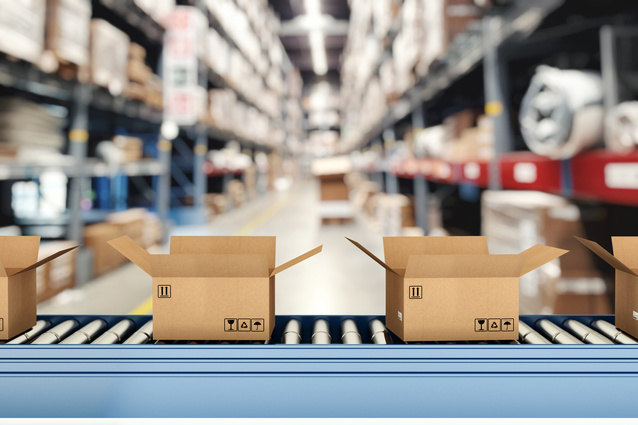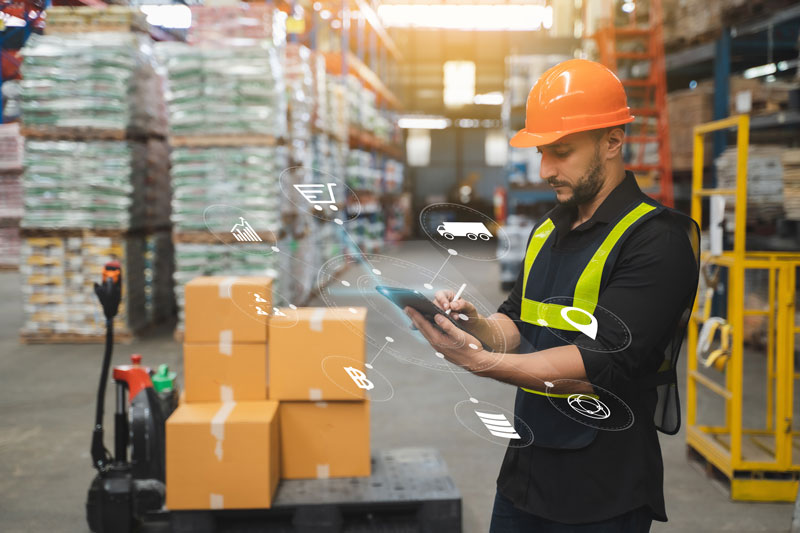The ordinary person doesn’t think much about the supply chain until something goes wrong. It’s the product that doesn’t reach them that draws the most attention. As everyone has come to realize over the past couple of years, any one weak link in the supply chain can cause that product to not reach its destination.
One of the generally unnoticed parts of the supply chain is packaging. If the supply chain is working smoothly, no one thinks about it. But packaging is something that can end up causing a disruption along the line. Here are some of the ways packaging can impact the supply chain, and how data can help make sure your organization’s packaging is at its most efficient.
The importance of packaging
Packaging is more than a company’s well-designed box arriving at your doorstep. Sure, the branding displayed on that box is important to the company, but there were many other packaging components that led to that moment.
Products are moved from factories to ports and from ports to warehouses. The type of packaging a company might use to move hundreds of items in that scenario will likely be different than the packaging for an individual product being shipped directly to a consumer. Companies need to take into account a variety of factors when they decide on what packaging they need.
-
- Does the packaging allow the item to be easily transported, for example, or does it need to be extra protective?
- Is the item being packaged fragile, or is it likely to need protection from elements like weather?
- Does the packaging need to simply store an item in a warehouse?
Packaging supply chain
Many people became much more aware of the supply chain as a result of the pandemic. Among the many other supply chain-related consequences of COVID, people’s expectations of customer service changed as well. Not only did customers expect products to come to them, either by picking up at the store without getting out of their cars or having items delivered directly to their homes, but there was also an expectation that companies needed to behave responsibly environmentally. So another consideration for organizations is the right packaging with the lowest environmental impact.
Just as an organization needs to keep track of every step of a product’s creation in its supply chain, there is a packaging supply chain as well. It doesn’t matter if you have the raw materials for your product if you don’t have the materials to package that product. During the pandemic this affected food products, with a shortage of aluminum cans for canned vegetables and certain drinks with plastic caps.

How data makes a difference
The right data solution can help manage packaging inventories:
-
- Artificial intelligence (AI) can predict demand and stock levels so that the appropriate amount of packaging is available without leaving the organization short, while also minimizing waste.
- The Internet of Things (IoT) can provide unprecedented visibility into complex supply chains. Certain products, like vegetables, need temperature-controlled packaging to extend their shelf life without losing nutrients. When flowers are shipped, they are kept in trucks and planes that are set to certain temperatures. IoT technology allows companies to not just know exactly where those items are in the shipping process, but also at exactly what temperatures they are being kept to ensure quality, or to pinpoint exactly where something went wrong.
Using technology to maintain packaging inventory creates a more efficient process. This gives decision-makers the time to turn their attention to other issues. Some organizations are using packaging data to figure out where they can be greener. Entire industries are making the same efforts. Winemakers, for instance, have come to realize that their age-old wine packaging – glass bottles – accounts for the industry’s largest percentage of greenhouse gas emissions.
The pandemic certainly forced organizations to take a long look at their supply chain to identify issues. For some organizations, it has helped them identify areas they could be more efficient and ended up saving them money. Packaging, as it turns out, can be opened up to deliver even more opportunities.
- Summer is an Opportunity for Digital Transformation in Education - April 17, 2024
- Your Car is Tracking More than Miles per Hour - April 11, 2024
- Data Can Help Provide Equal Footing in Cannabis Space - April 3, 2024



